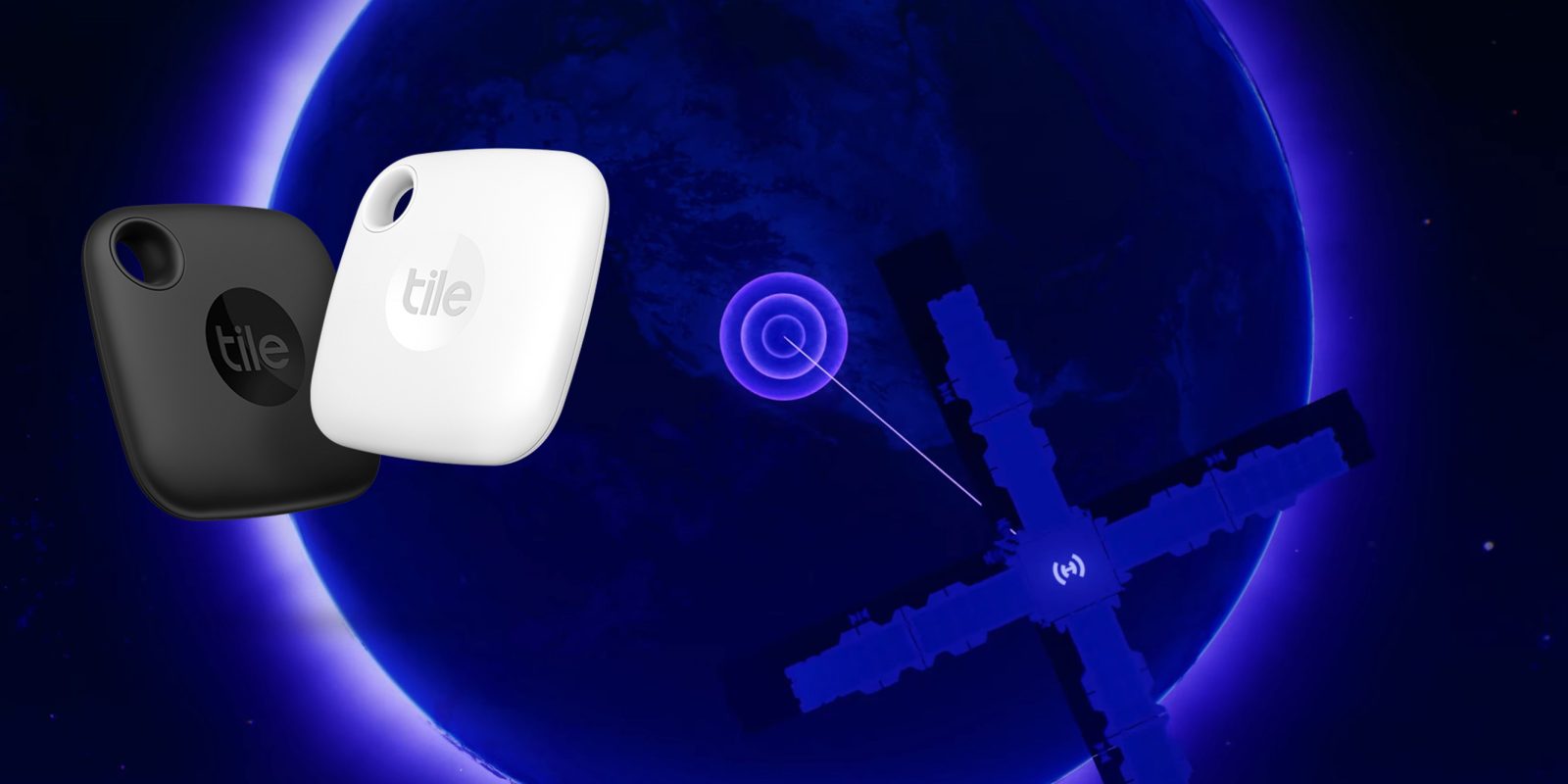
It’s been announced that Tile will be supporting a new satellite-based tracker network starting next year as it tries to beat existing phone-based networks, including Android’s new Find My Device network.
When Google first announced Android’s Find My Device network a year ago, Tile was named as one of three brands that would be putting out compatible tracker hardware. But, in the time since, it’s been abundantly clear that Tile had no intention of joining up. Under its new head, Life360, Tile had also skipped out on Apple’s network too, instead sticking to its own, smaller network.
Now, it’s finally clear why.
Life360 today announced that it will be building its own location tracking network with the help of Hubble Network. This new network will use satellites alongside Life360’s existing network of over 66 million active devices to track items and devices.
This new network works by connecting Bluetooth devices to satellites. How? The specifics aren’t explained, but Hubble, which built out this technology, claims it can boost Bluetooth connection range to “hundreds of miles” in the context of location tracking.
Life360 explains in a press release:
Hubble’s ground-to-orbit technology marks a significant advancement in wireless connectivity, extending a Bluetooth device’s range from mere feet to hundreds of miles. Hubble has proven its technology by successfully launching two satellites into orbit, each already hosting live, beta devices on its network. With a full constellation of 96 satellites planned to be in orbit by 2028, pending approval of launch dates, Hubble expects to provide connectivity globally, irrespective of cellular reception.
In a rather dramatic video regarding the new network, as well as in the press release, Life360 directly targets Apple and Google’s networks. The company says it looks to “leapfrog” these existing, phone-based networks.
Top comment by Warren Skipper
I appreciate trying to provide a device agnostic approach to compete with Apple and Google's platform-centric networks. However, adding satellites just to track devices is almost equivalent to adding more trash to an overfilled landfill. It's so shortsighted. There have been many reports of the space debris problem that's ever increasing. When satellites become defunct, they're left in space and new ones are added in its place. Hubble will potentially be adding 93 that will eventually run its course, in which 93 or more will be added in the future to update their network. This was brought to the forefront by astronomers and planetariums all around when Elon announced Starlink. At least that serves a larger purpose than just tracking. Tile would be better partnering with them or some other existing company that already has a network of satellites in orbit. Otherwise, they'll be adding to that problem.
Apple and Google have increased their tracking networks strictly through software updates. That's the ingenious part about it. It adds to what's already there. There's nothing ingenious about what Tile is doing. This is a bold bet by them, and it begs the question, will it work? What if it doesn't and Tile decides to join Apple and Google's networks after all? Then we'll have that much more debris floating in space.
The new network will first work with Tile trackers in 2025 before expanding to developers and, presumably, other products.
It’s an ambitious plan, to say the least.
What do you think about Life360’s plans? Let’s discuss in the comments below.
More on Find My Device:
- Apple officially adds ‘unwanted tracker’ alerts in iOS 17.5 as Android trackers near
- Find My Device can locate Pixel 8 for a few hours after it powers off
- Here’s what setting up a tracker for Android’s Find My Device network looks like [Video]
Follow Ben: Twitter/X, Threads, Bluesky, and Instagram
FTC: We use income earning auto affiliate links. More.



Comments